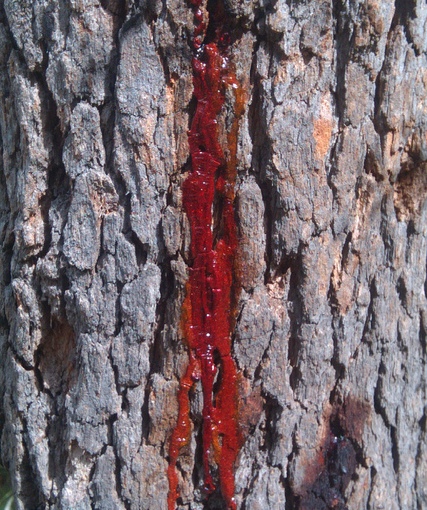During the Middle Ages, the wild boar was admired and feared for its courage and ferocity. This blogpost calls attention to this warrior among beasts and, in particular, to its presence on various helmets from Anglo-Saxon England.
The boar as a warrior
 Boars in Koninklijke Bibliotheek, KB, KA 16, Folio 45v; Morgan Library, MS M.81, Folio 36v; Museum Meermanno, MMW, 10 B 25, Folio 20r (source)
Boars in Koninklijke Bibliotheek, KB, KA 16, Folio 45v; Morgan Library, MS M.81, Folio 36v; Museum Meermanno, MMW, 10 B 25, Folio 20r (source)
As a symbol of courage, the boar enjoyed great popularity throughout the Middle Ages. In his biography of Alfred the Great (d. 899), for instance, the monk Asser described how Alfred led his people against the Vikings as ‘a wild boar’:
… the king [Æthelred, Alfred’s brother] still continued a long time in prayer, and the heathen, prepared for battle, had hastened to the field. Then Alfred, though only second in command, could no longer support the advance of the enemy, unless he…
View original post 1,123 more words








